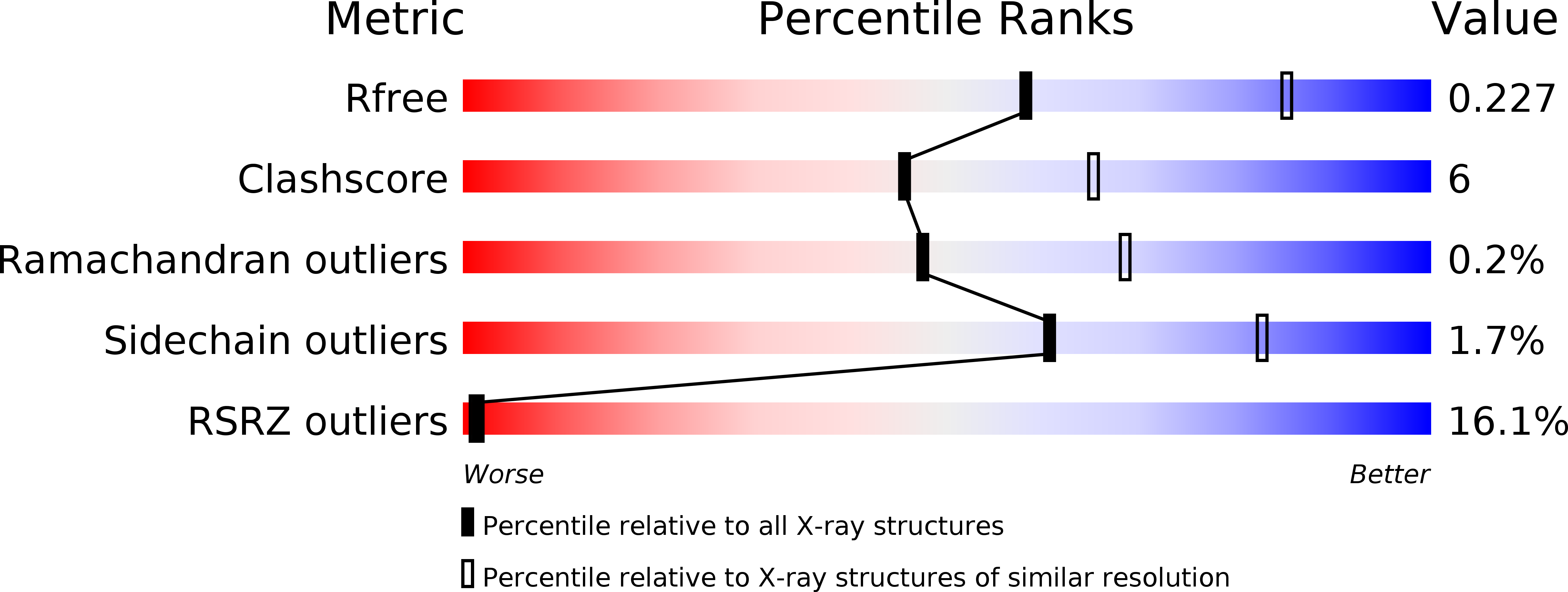
Deposition Date
2009-01-23
Release Date
2010-01-26
Last Version Date
2023-11-01
Method Details:
Experimental Method:
Resolution:
2.50 Å
R-Value Free:
0.22
R-Value Work:
0.18
R-Value Observed:
0.19
Space Group:
C 2 2 21


